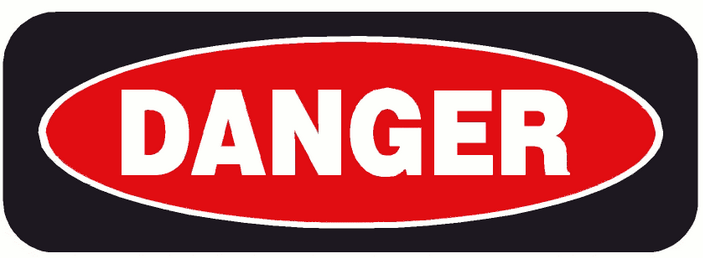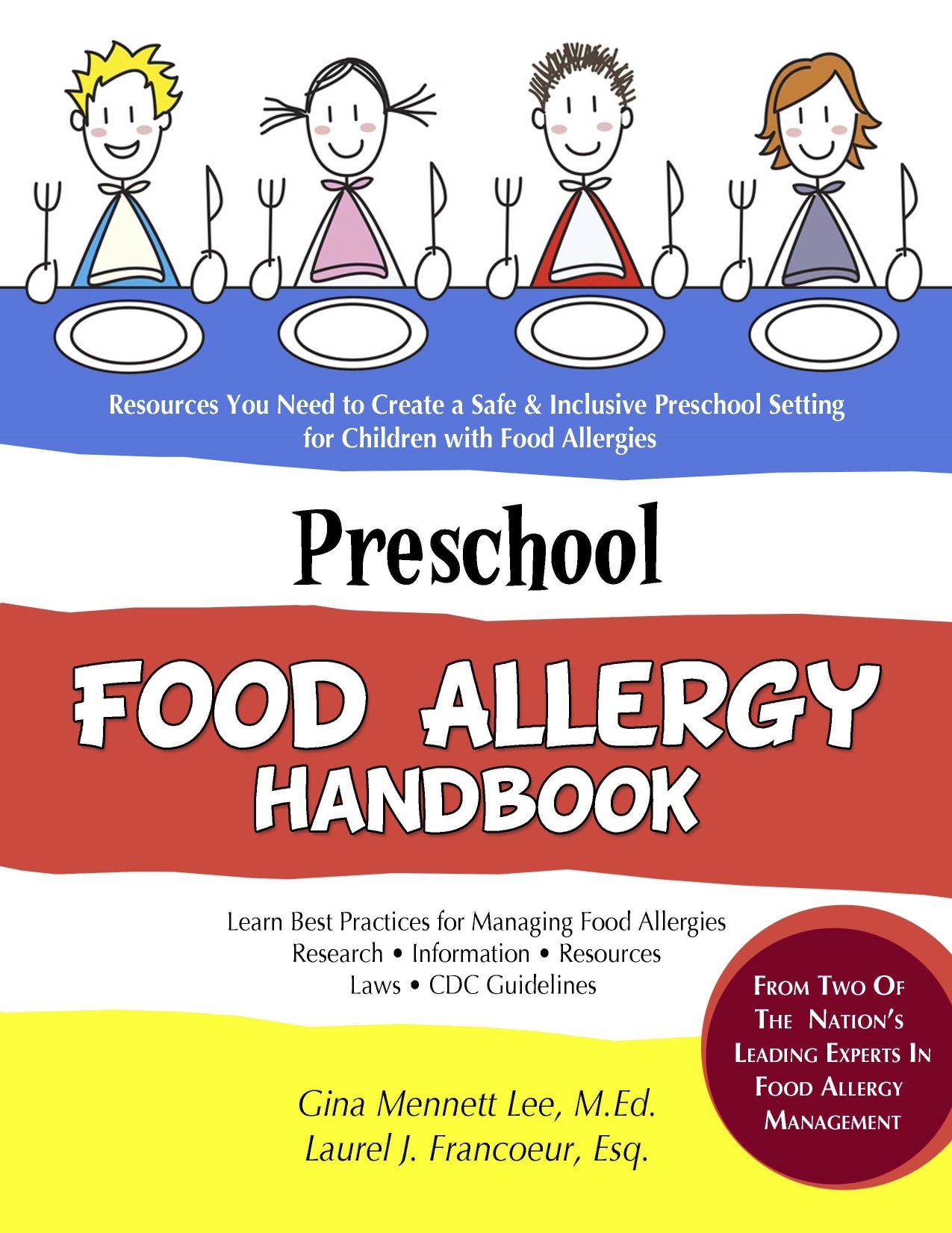Typically when I post about antihistamines, it’s a warning that they are NOT effective for treating anaphylaxis. But did you know, that many antihistamines on the market are actually considered potentially dangerous? Yet many people use these antihistamines to treat environmental allergies, Oral Allergy Syndrome and other conditions. This information took me by surprise too! I learned of this when I was a guest at a meeting in London. A very prominent doctor stated that a frequently used antihistamine in the United States had negative side effects and should not be used. Naturally, I was taken aback and I asked to read the research behind this finding.
A few weeks later, I was forwarded a position paper on the subject. I found it stunning in that I feel very few consumers are aware of this critical information. The authors of this paper found that the use of these drugs, which were approved before “regulatory agencies existed and licensed before the era of randomized controlled trials and modern evidence-based medicine,” have negative side-effects that far outweigh the benefits.
These side effects include:
- reduced REM sleep
- impaired learning
- reduced work efficiency
- risk of deadly accidents and overdoses
I found this quote to be especially alarming:
“screening of the public media shows clearly that there is a high rate of fatal accidents attributed to the use of first-generation H1-antihistamines. This is easily explained because, even at recommended doses, the level of impairment produced by these medications is similar to or exceeds that produced by alcoholic beverages.”
Let’s look at that again, “the level of impairment produced by these medications is similar or exceeds that produced by alcoholic beverages.” What?! Many families are routinely giving these drugs to their children and unknowingly putting them at risk.
The position paper also warns that “the products and their ‘toddler’-friendly, good-tasting liquid formulations are still being widely advertised to parents in ways that suggest that they are known to be safe.”
Do you use antihistamines to help you sleep? The authors provide compelling reasons why this is not a good idea.
“First-generation H1-antihistamines markedly alter the circadian sleep/wake cycle…It is well established that taking first-generation H1-antihistamines in doses commonly recommended for the treatment of allergic disorders frequently leads to daytime reduce the duration of REM sleep (18–21) (Fig. 3). Further- more, residual effects, or hang-over, are still present the next morning. Such effects include impairment in divided atten- tion, vigilance, working memory and sensory-motor performance, and reduced latency to daytime sleep (20, 22).”
What drugs are considered to be these first generation (i.e. sedating) antihistamines?
- diphenhydramine (found in the brand names: Benadryl, Sominex, Unisom, Nytol)
- chlorpheniramine
- promethazine
- triprolidine
Since I was shocked to hear of this, I thought was important to reach out to one of the people I rely on for accurate, fact-based medical information, Dr. David Stukus (@AllergyKidsDoc), to get his perspective. He provided the following statement:
“In this day and age of having information available at our fingertips, I am astounded as to how many people, physicians included, continue to use 1st generation antihistamines. Many patients are completely unaware of the common side effects and potential dangers, not to mention poor performance and short duration, of using 1st generation antihistamines. Given the availability, affordability, and superior efficacy of 2nd generation antihistamines, there really is no role for use of the older medications in the treatment of allergic conditions. Confusing matters even more is the fact that some symptoms (runny nose, congestion) improve with 1st generation antihistamines, even when they’re not caused by allergies. However, this is due to the strong side effects of these drugs and not based upon the medicinal properties. When people learn this, it can be quite shocking.”
The take-away?
Just because a medication has been around for a long time (or is available over-the-counter), does not necessarily mean it is safe. If fact, this paper suggests that newer medication may, in fact, be safer due to the higher standards now in place to become approved.
What can be done?
The authors suggest that these drugs no longer be available over-the-counter and that second generation antihistamines be used by consumers instead.
These second generation antihistamines would include:
cetirizine (Zyrtec)
loratadine (Claritin)
levocetirizine (Xyzal)
These were found to be much safer options even when taken at greater than the recommended dose.
Before you pick up that bottle of antihistamines, consider these facts. Please consult your child’s physician regarding these medications if they have been recommended for your child. (This information also applies to adults.)
REFERENCES:
Risk of first-generation H1-antihistamines: a GA2LEN position paper
M. K. Church1,2, M. Maurer1, F. E. R. Simons3, C. Bindslev-Jensen4, P. van Cauwenberge5, J. Bousquet6, S. T. Holgate2 & T. Zuberbier1
Drugs.com


